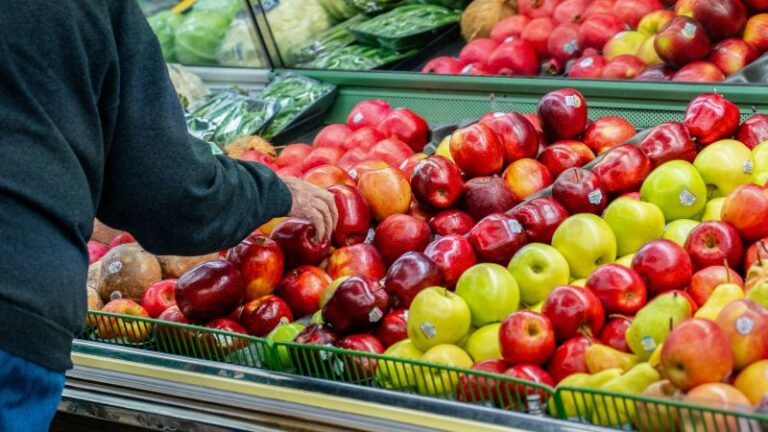Critical Food Assistance at Risk Amid Federal Government Shutdown
The U.S. Department of Agriculture (USDA) has confirmed it will not utilize its $6 billion contingency fund to support food stamp benefits next month. As a result, an estimated 42 million Americans could face a significant gap in critical assistance from the Supplemental Nutrition Assistance Program (SNAP) in November, unless the agency reverses its decision.
Understanding the Contingency Fund Limitations
According to an agency memo, the contingency funds are not legally accessible for standard benefits. The memo explicitly states, “SNAP contingency funds are only available to supplement monthly benefits when appropriated amounts are insufficient to cover them.” This means that without the necessary appropriations for regular benefits, the contingency fund remains unused.
No Reimbursement for States Using Their Own Funds
Further complicating the situation, states that opt to use their own finances to provide benefits will not receive reimbursement from the federal government. This point was highlighted in the memo reported by Axios, putting added pressure on state budgets amidst the federal funding crisis.
Pressure Mounts on Congress to Resolve Shutdown
The absence of this essential safety net program heightens the urgency for Congress to resolve the ongoing federal government shutdown, which commenced on October 1. Democrats are adamant that they will not endorse any short-term spending bill unless it incorporates an extension of enhanced subsidies under the Affordable Care Act.
Political Blame and Implications for Food Stamp Recipients
Republican lawmakers have shifted the blame towards Democrats, accusing them of harming American citizens during this deadlock. Agriculture Secretary Brooke Rollins warned reporters that food stamp resources could be exhausted by the month’s end, intensifying concerns for SNAP beneficiaries.
Debate Over Contingency Fund Usage
Democratic lawmakers and advocates for SNAP argue that the USDA has both the option and the obligation to tap into the contingency fund for November benefits, which are estimated to cost around $8 billion. They urge the agency to explore alternative funding sources, similar to how it has managed other priorities, like military salaries.
Historical Context of SNAP During Shutdowns
This isn’t the first instance where food stamps have faced uncertainty due to a government shutdown. In January 2019, the USDA initially indicated that SNAP benefits would cease at the month’s end. However, the situation changed when the agency announced it would utilize provisions that allow for obligated payments within 30 days of a funding lapse, ultimately ensuring continuity for recipients.
Conclusion: The Broader Impact of Disrupted Assistance Programs
Currently, about one in eight Americans rely on SNAP to help purchase food, making it a cornerstone of the nation’s safety net. As discussions around federal funding continue, the potential consequences for millions of Americans are glaringly evident. Additionally, WIC, another vital nutrition program, has also faced funding challenges, recently requiring a $300 million shift from tariff revenues to maintain operations for nearly 7 million vulnerable individuals.
As the political landscape evolves, urgency remains for Congress to address these funding issues to ensure that critical nutrition assistance remains intact for all those who depend on it.
